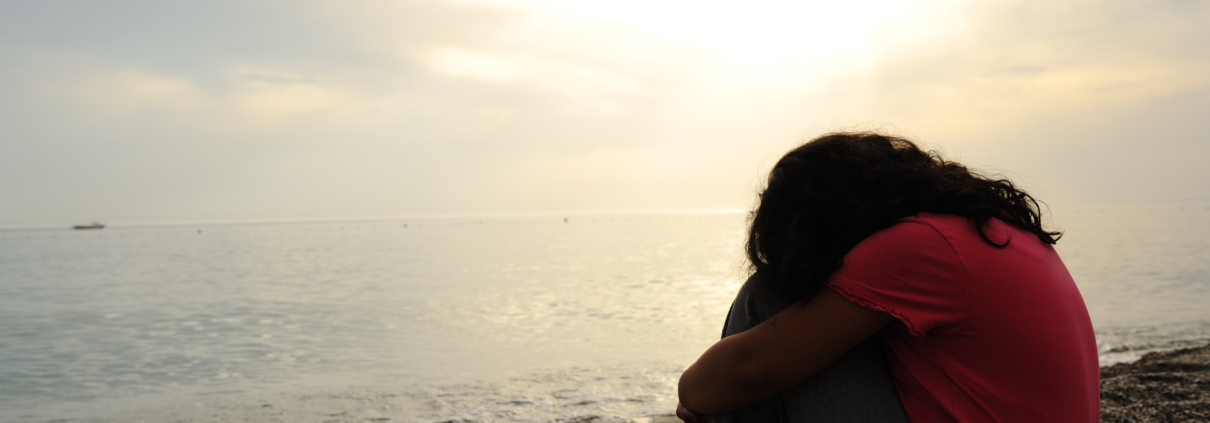Coping with Seasonal Depression: Shining Light on Seasonal Affective Disorder
Have you ever wondered why your mood seems low during the fall and winter months? As the days grow shorter and the nights become longer, many individuals experience a change in their mood and energy levels.
Known as Seasonal Affective Disorder (SAD) or “seasonal depression”, this phenomenon is a subtype of depression that occurs seasonally as the name suggests, typically during the fall and winter months; however, some individuals may experience SAD during the spring or summer months. This is because of the way our mind and body respond to changes in the amount of natural light available in our environment. The reduced sunlight during the fall and winter months can disrupt the body’s internal biological clock and the regulation of important neurotransmitters, such as serotonin and melatonin. Symptoms of SAD are similar to those of major depressive disorder and may include persistent sadness, lack of energy, changes in appetite and sleep patterns, difficulty concentrating, and a general loss of interest or pleasure in activities.
How SAD Differs from Regular Depression
While Seasonal Affective Disorder and clinical depression share some common symptoms, they differ in two major ways:
- Seasonal Pattern: SAD follows a seasonal pattern, with symptoms recurring during specific times of the year, typically during fall and winter. In contrast, clinical depression can occur at any time and is not linked to seasonal changes.
- Duration: SAD symptoms tend to remit during the spring and summer when daylight hours increase, whereas clinical depression can persist throughout the year.
Ways to Cope
- Light Therapy: Light therapy, or phototherapy, is a common and effective treatment for SAD, but it is not as commonly used for clinical depression. Specially designed lightboxes that mimic natural sunlight can help regulate your circadian rhythm and improve mood. These boxes can be easily found using online retailers or in health/wellness stores.
- Outdoor Activities: Spending time outdoors during daylight hours, even on cloudy days, can be beneficial. Activities like walking, jogging, or simply sitting outside can increase exposure to natural light.
- Exercise: Regular physical activity has been shown to alleviate the symptoms of SAD. Exercise releases endorphins and can boost your mood.
- Vitamin D: Adequate vitamin D levels are important for mood regulation. Consider talking to a healthcare provider about supplementation, especially during the winter months.
- Psychotherapy: Cognitive-behavioral therapy (CBT) and other forms of talk therapy can help individuals develop coping strategies and manage their symptoms.
- Medication: In some cases, a healthcare provider may recommend antidepressant medications to help alleviate the symptoms of SAD.
SAD is a challenging condition that affects many individuals during the darker months of the year. By understanding its causes and effects, recognizing the differences between SAD and major depression, and implementing coping strategies, you can better manage their symptoms and find relief from seasonal depression. If you or someone you know is struggling with SAD or major depression, don’t hesitate to reach out to contact Elements Psychological Services today and set up your first appointment.




